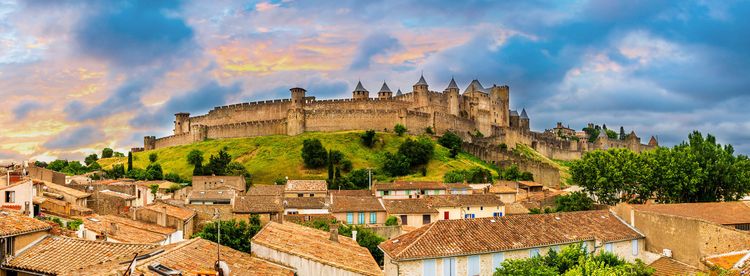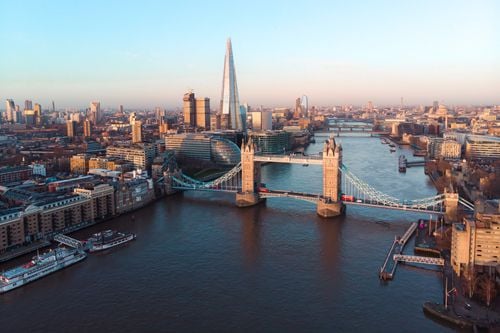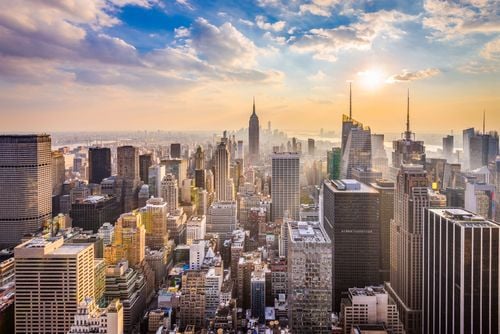A TV hit in the 70s, Quentin Durward is the French adaptation of the famous novel by Walter Scott, the creator of the historical novel. Shot mainly on location in the medieval city of Carcassonne, the series follows the misadventures of the Scotsman Quentin Durward, who arrives in France to defend the widow and the orphan, and incidentally to serve the King of France, Louis XI, who is busy foiling the schemes of Charles the Bold.
As we've seen, Carcassonne lends itself to a playful approach. Film buffs and fans of armour and cloak-and-dagger movies will enjoy reliving in their heads the action scenes seen in films shot here.
Some twenty films have been shot, in whole or in part, in the citadel of Carcassonne, of which a small half are set in the Middle Ages, but have nothing to do with the city. In 1991, for example, the remarkable "Robin Hood, Prince of Thieves" starred Kevin Costner as Robin Hood, a worldwide success that marked the actor's career as one of his last blockbusters. The other half of the films have nothing to do with the Middle Ages, and their action seems to be set in the medieval city for purely aesthetic reasons, a laudable intention. This is the case, for example, with the film "Le Corniaud", starring Bourvil and Louis de Funès, one of France's favourite films, two of whose three memorable scenes take place here (scenes in the church, Place de l'Eglise and Hôtel de la Cité).
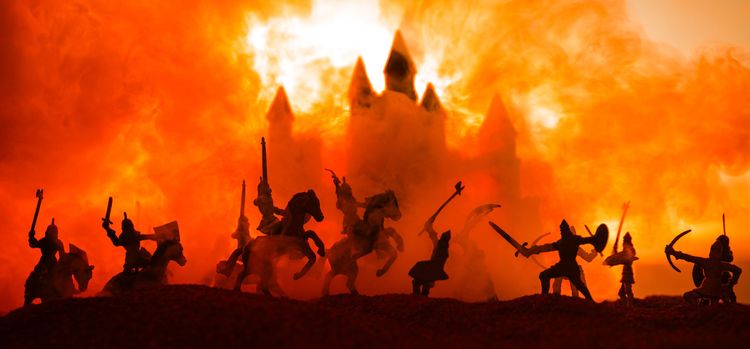
Sequence shot of the ramparts
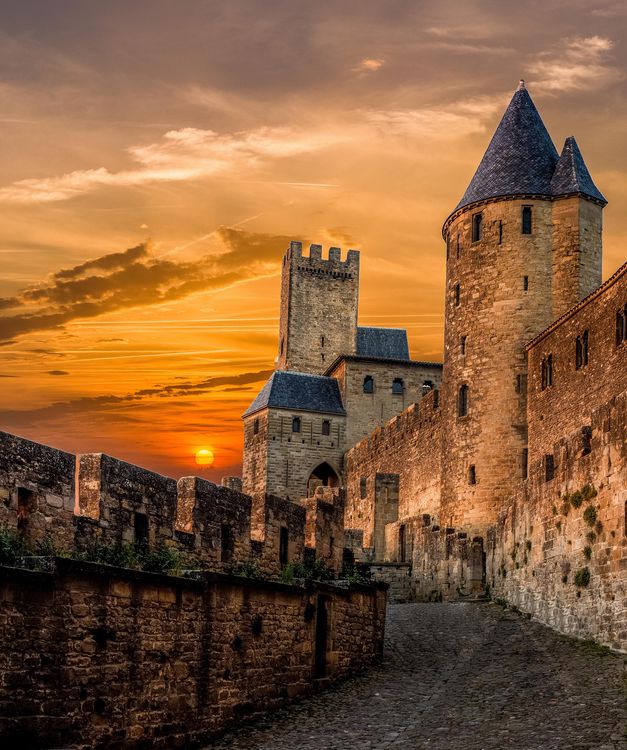
While many of the scenes are shot in cardboard studio sets (and it shows!), the exteriors are often shot in Carcassonne, which offers an authentic setting of extraordinary dimensions.
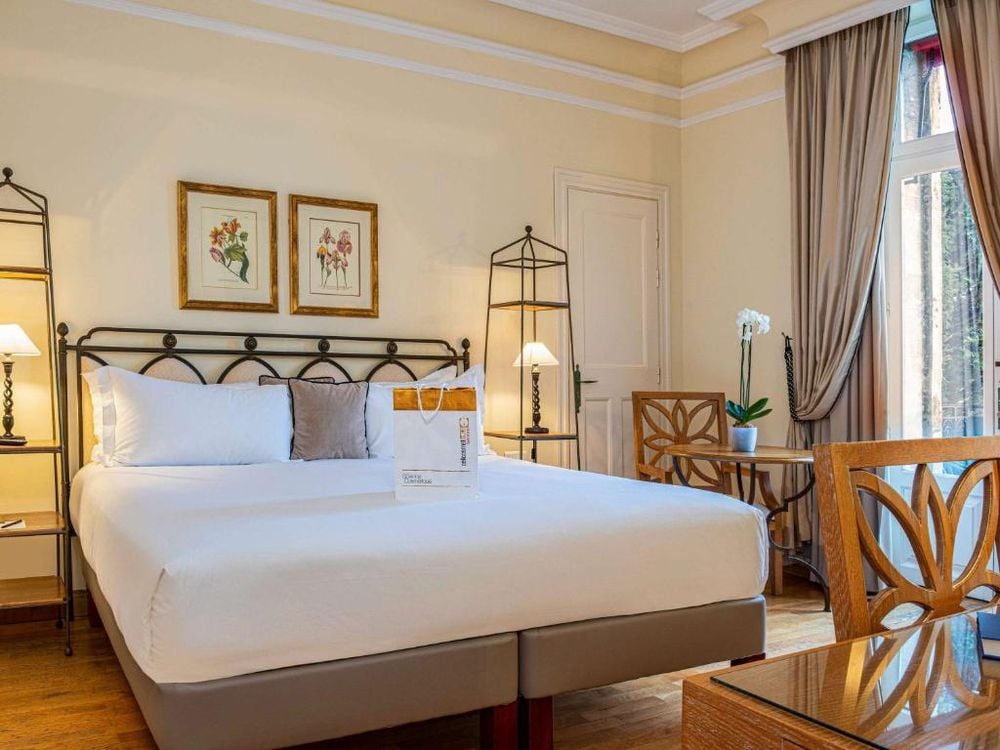 Carcassonne
Carcassonne
Hôtel de la Cité & Spa MGallery
A choice address in the medieval city of Carcassonne itselfCloser to home and more vivid in our memories thanks to Christian Clavier as a simple but funny Jacquouille, Jean-Marie Poiré's film "Les Visiteurs" was also partly shot in Carcassonne.
Released in 1993, the 14 million people who saw it at the cinema, plus all those who discovered it in prime time on television, can pride themselves on knowing the medieval city at least in pictures.
They will have seen the Aude and Narbonnaise gates, the château comtal at the pont levis, the ramparts and the lices, the spaces several metres wide that separate the concentric walls surrounding the walled city where Jean Réno rides around on horseback and in armour.
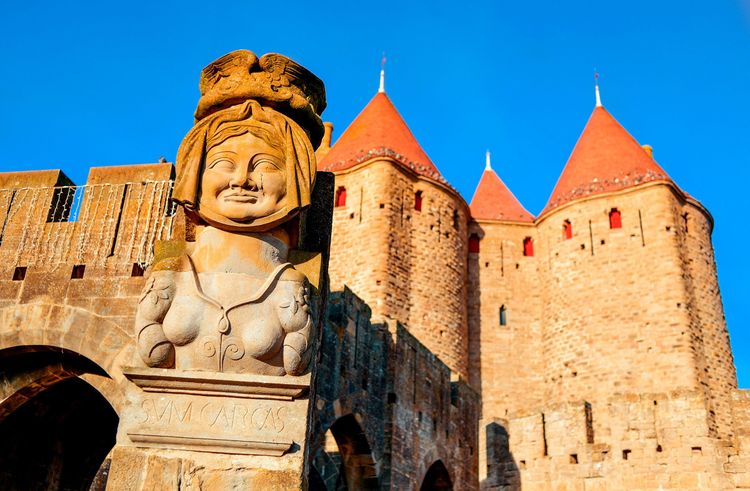
The Narbonne gateway and the bust of Dame Carcas.
- © 123RFIn another, not at all comic, vein, Marc Allegret, an important director of the inter-war period, chose Carcassonne in 1933 as the setting for his adaptation of "Sans famille", the heart-rending novel by Hector Malot (not set here at all!).
Once again, many of the shots are taken in the studio, but the exteriors give pride of place to Carcassonne, its medieval city and the surrounding countryside.

For his part, the prolific Egyptian director Youssef Chahine chose the Aude fortress for some of the historical scenes in his film "Destiny", recounting the life of Averroës. The famous medieval philosopher and physician, who influenced medieval European thinkers, lived in Seville and Cordoba, a long way from the city of Aude. As a result, Carcassonne takes on a universal dimension.
Two English characters: Robin Hood and Henry II
Henry II was King of England in the 12th century, Robin Hood is a fictional character. But they are both English. "The Lion in Winter" tells the story of the reunion of Eleanor of Aquitaine and Henry II during the Christmas festivities of 1183, against a backdrop of romanticised political intrigue. The film is talky (it is adapted from a play), but the exterior shots show the many ramparts and towers of Carcassonne whenever possible. Proof that American superstars such as Peter O'Toole, far from his role as Lawrence of Arabia, and Anthony Hopkins, far from his role as Hannibal Lecter, once set foot in our Cathar city.
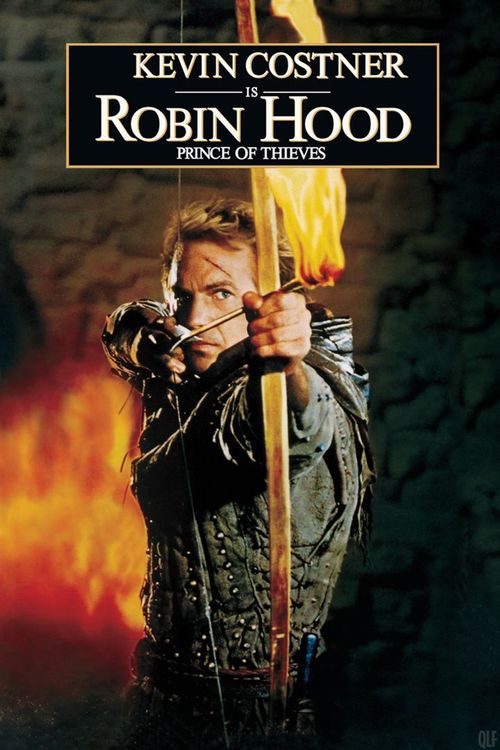
As for the very British Robin Hood, who has never set foot in France in any version, there have been numerous Hollywood adaptations, of which only the one starring Kevin Costner, "Robin Hood, Prince of Thieves", has had the good taste to borrow our purely French setting.
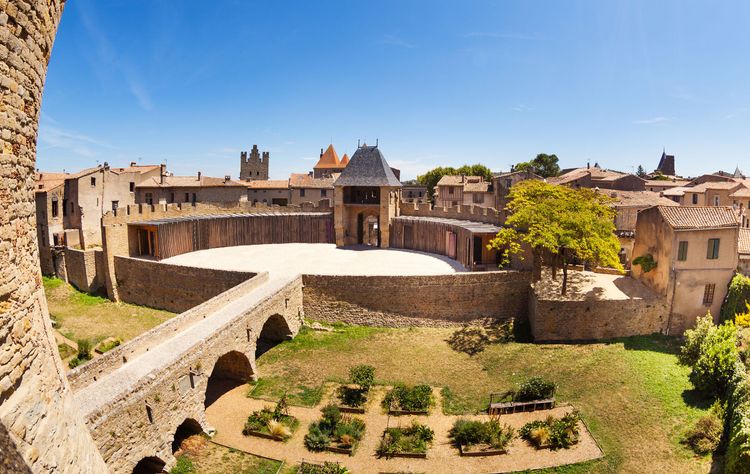
the barbican of the château comtal, backdrop to an action scene from "Robin Hood, Prince of Thieves".
- © Sergey Novikov / ShutterstockThe scenes that are supposed to take place on English soil are those filmed in front of the barbican of the château comtal and that of the Porte narbonnaise. But who will have spotted the cheating when the film was released, apart from a few particularly attentive Carcassonnais?
In both cases, none of the action takes place in Carcassonne, which the filmmakers have simply used as a backdrop for their formidable medieval architecture.
This was also the case, for example, in Peter Hyams' bouncy 2001 film "D'Artagnan", in which Catherine Deneuve was cast as the Queen of France for the duration of the film.
Carcassonne, backdrop for fantasy films
If you visit the Haunted House, you'll realise that the medieval town of Carcassonne can evoke a feeling that lends itself to horrific staging. Directors of fantastic films have been inspired to incorporate it into their work.
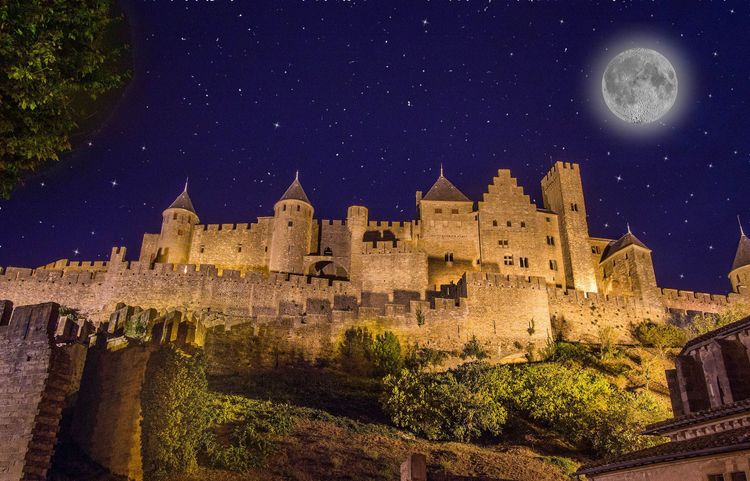
It was in this spirit that, in 1985, English director Franc Roddam decided to shoot the fairground scene in Carcassonne for his film The Promise, a remake of the 1935 Bride of Frankenstein. This umpteenth film on the theme of the sorcerer's apprentice, a sort of spin-off of Mary Shelley's famous novel, was well received, thanks to the superb and romantic Sting, starring as Dr Frankenstein.
It was an opportunity for Roddam to reunite with the leader of the Police, whom he had directed in 'Quadrophénia'. This film seems to have fallen into oblivion, but it offers a dated show centred on the singer's electric personality, with music by two-time Oscar-winner Maurice Jarre.
"Serge de Poligny's "La Fiancée des Ténèbres" has a special place on our list, because it is set in the town of Aude. Like Rémi from Sans Famille, who is looking for a family that has abandoned him, Sylvie is looking for a home because she is an orphan. She is taken in by Toulzac, a retired teacher obsessed with the secret of the Cathars.
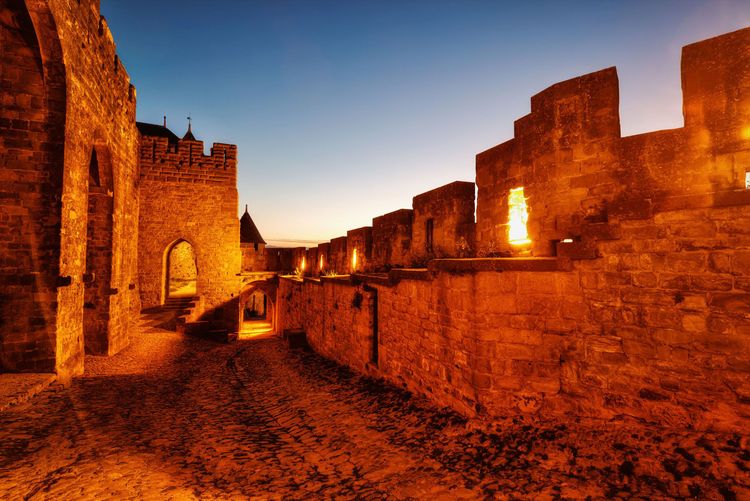
The Lices de Carcassonne, stage for epic scenes!
- © Weissdergeier / 123RFThe backdrop of the medieval city of Carcassonne, with its pharaonic ramparts, towers, churches and basilicas, could not have lent itself better to such theatre.
Her meeting with the composer Roland Samblanca on the city walls soon marks a turning point in her destiny. Unfortunately, in the purest romantic tradition of the 19th century, an imaginary underground cathedral collapses on the two lovers. Will Sylvie be able to complete her search for the shrine of the Albigensians and finally find love?
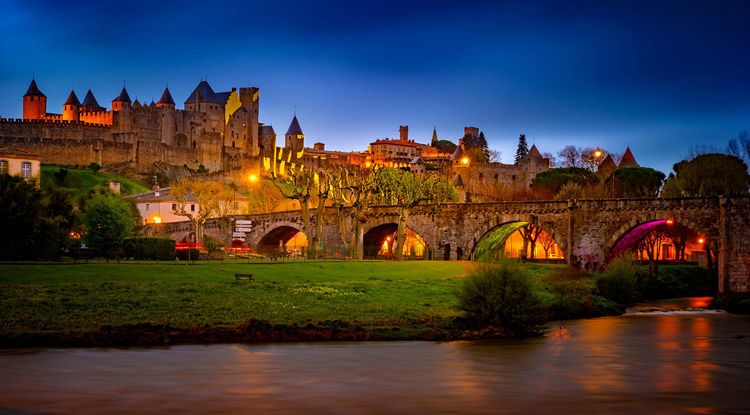
And also cloak-and-dagger films
In 2008, Dutch cinema will be making good use of the citadel's formidable setting to film Pieter Verhoeff's "Letter to the King", renamed "The Knights of the King". An initiation tale about an apprentice knight who goes from adventure to misadventure.
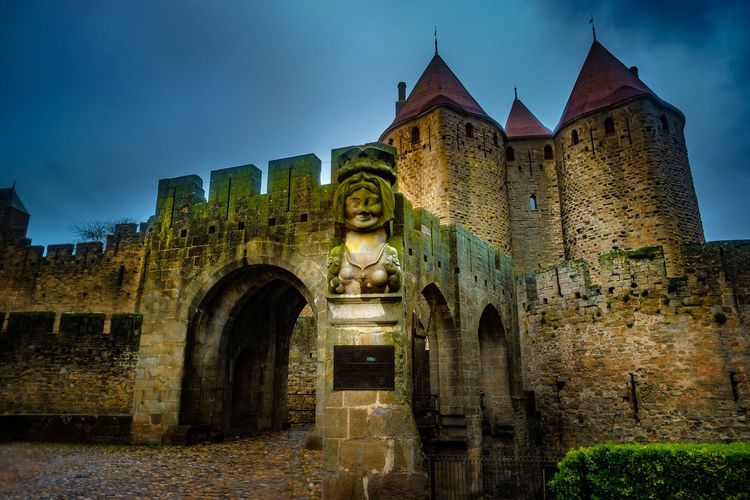
The Porte narbonnaise captivates film-makers with its unique, imposing architecture, in a perfect state of preservation.
- © Romasph / 123RFThe Dutch filmmaker sets his scene here, and there is no equivalent in Holland. You'll recognise the imposing Narbonnaise gate of the emblematic city walls, for example.
Another film was shot entirely in Carcassonne, this time by the great Jean Renoir, but that was almost a century ago and it was a silent film. It's called "Le Tournoi dans la Cité". The action is openly set in the city of Aude, and the filming, which took place in July 1928, takes advantage of the very real setting of Carcassonne's two-thousandth anniversary celebrations, which were taking place that year. So it seems you have to go back a long way to find authenticity.
At the end of this panorama of films shot, often very partially, in the Cathar city, it's easy to imagine, for example, a film about the Romanesque persecution of the Cathars, frankly starring Carcassonne to the extent of its immoderation, of what it inspires us and of the grandiose images it is capable of producing.
